What happens to wildlife when cities and towns trespass on the natural habitats that they need to survive?
An important question without a definitive answer—especially considering the rate at which urban or agricultural development is growing in Canada, consuming habitats and displacing indigenous wildlife. Urban development destroys and fragments habitat, the process of dividing continuous habitats into smaller isolated patches, compromising or eliminating traditional migratory paths and putting animal populations at risk.
How animals adapt to both the loss of their natural habitats and their increased contact with humans in urban areas is becoming an important area of study for wildlife scientists and conservationists across Canada. Does urbanization lead to actual change in animal behaviour, or are certain species simply more able to learn and thrive as their habitats change?
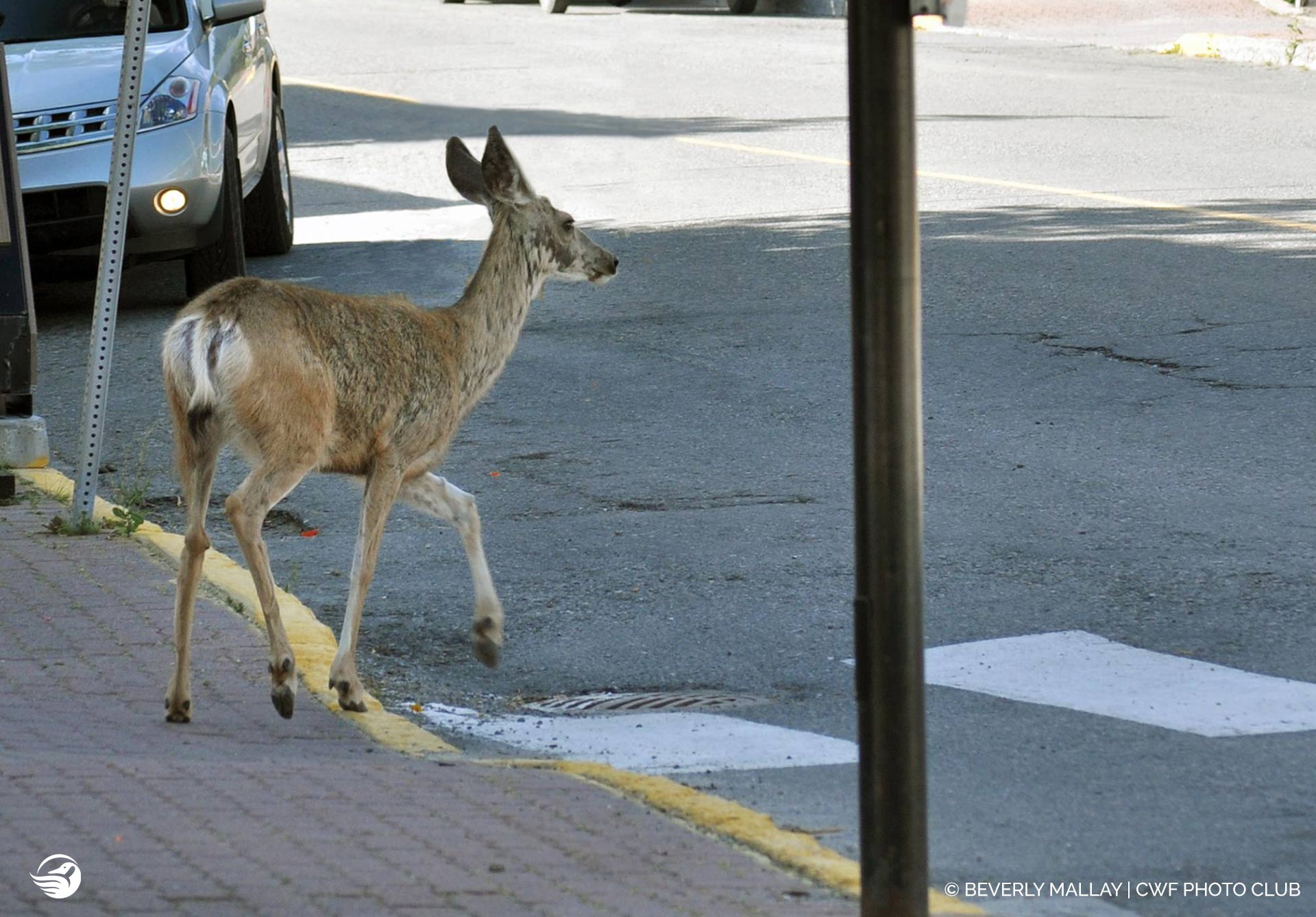
“Wildlife have limits to how well they can adapt to urbanization,” said Carolyn Callaghan, Senior Conservation Biologist Terrestrial Wildlife with the Canadian Wildlife Federation (CWF) who studied wolf biology for her doctoral thesis in the popular Bow Valley that goes through Banff National Park. “Most do not adapt well. They die or move on. The synanthropic species (those comfortable with humans) do well, but in the grand scheme of things, there are relatively few species that thrive under intense urban development.”
John Wilmshurst, PhD and Native Grassland Conservation Manager with CWF, agrees.
“Most wildlife don’t adapt well to urbanization but the effects differ among species,” said Wilmshurst. “There is a lot of interest in this in western Canada, particularly with urban coyotes in Edmonton and Vancouver and bobcats in Calgary. Urban coyotes tend to become bold, attacking pets and people. This makes them a target for relocation or control. Bobcats tend to remain secretive, hunting abundant urban rabbits that are frequently seen in people’s backyards. They are less of a danger to people.”
What are the key impacts of urbanization on wildlife according to Wilmshurst?
“Loss of habitat, fragmentation including drained wetlands, movement barriers like fences or roads, and human conflicts including from pets” he said. “Regardless, urban areas are attractive to wildlife as there are a lot of food opportunities for both herbivores (lawns, gardens, parks, sports fields) and omnivores/carnivores (garbage, pet food, intentional feeding).”
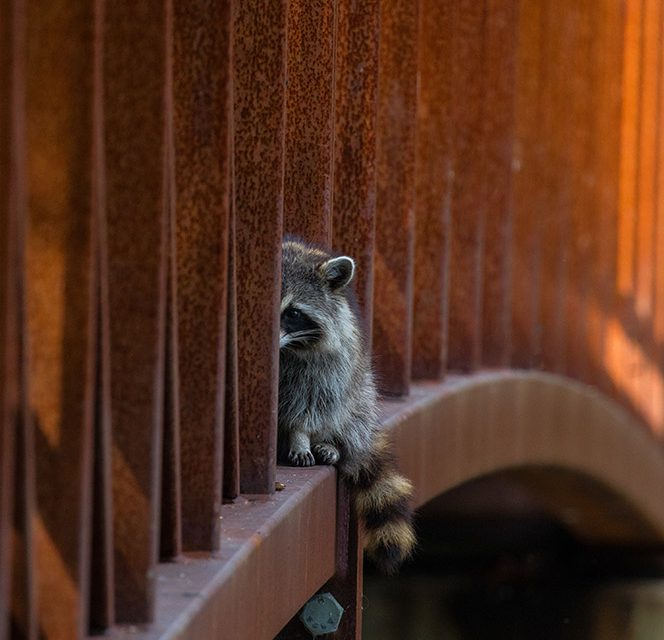
Two of the most intriguing questions to come out of studies of wildlife urbanization are whether animal behaviours are actually changing due to habitat loss, the consequence of living closer to urban areas, and the impact of climate change on their home environments. Both ask some fundamental questions of how wildlife adapt to changing environments?
“It is sometimes difficult to know what is happening for species that are negatively affected. They often just disappear. It’s much clearer for wildlife that can habituate to urban settings because we can see the changes.” said Wilmshurst. “But for shy wildlife, observations are a challenge. Our ability to follow animals using GPS tracking really helps to give us greater detail on how sensitive animals can be to urban infrastructure like roads and towns. Some wildlife, like wolves for example, do not do well with people. They seem to both avoid people and built-up areas in addition to being aggressively persecuted. Clearly, they change behaviours to avoid urban areas and highways. We are learning more every day.”
Wilmshurst said that for those animals that are becoming common in urban areas, some of the more interesting behavioural changes span generations. A bold individual moves into an urban setting and then teaches its offspring how to find food, mates, and shelter among people. There are examples of birds that change the pitch of songs to adapt to urban soundscapes. Raccoons are comfortable with people and behaviourally capable of adapting well in urban landscapes. Bobcats use the cover of night to hunt rabbits that are themselves feeding on lawns and vegetable gardens. Geese are another example of wildlife attracted to urban areas where food (grass) is abundant. Management of aggressive species, like these, is a big issue for municipalities looking out for the safety of their residents in parks where urban wildlife are often found. Increasing aggression itself may be an adaptation to urban life.

When it comes to understanding fragmentation and the impact it is having on species across Canada, Wilmshurst says the answers can be very complicated. Some negative impacts of animal populations being isolated in small habitat patches can be mitigated by some well placed landscape management in the non-habitat areas in-between. Changing fences, wildlife under- and overpasses on roads, and naturalizing utility rights-of-way can have a positive effect on animal conservation.
“Habitat fragmentation has few benefits. Large, intact spaces are always the best thing for wildlife. Cutting up large areas into smaller pieces, even if they are connected by corridors, is rarely easy for animals, and difficult for people to manage. But, if development leaves you with fragmented habitats, like wetlands or forests in urban settings, you will need to do the work to maintain movement corridors if you want viable wildlife populations.”
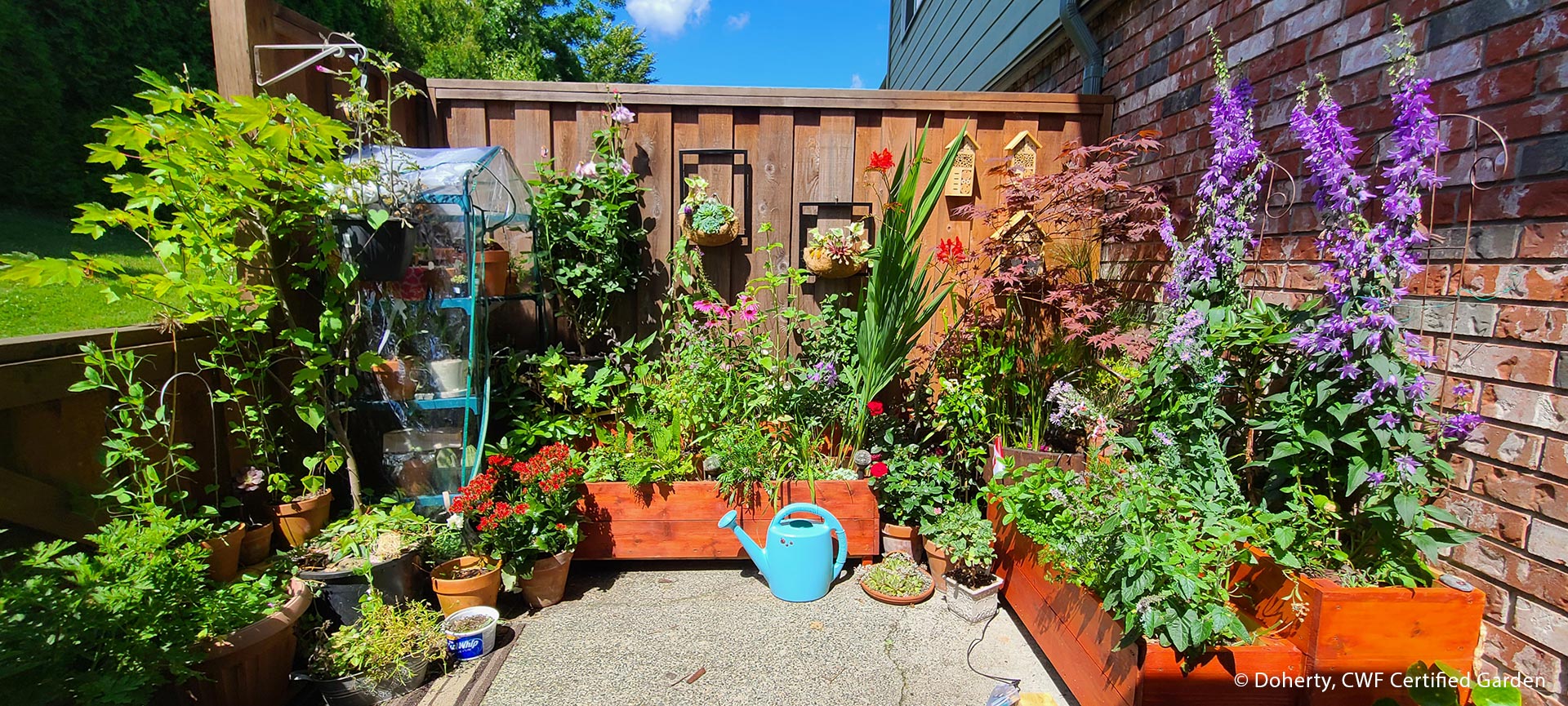
Wildlife are not the only ones adapting to increasingly wild cities—we are too. People are planting pollinator gardens to provide food for moths, bees and hummingbirds. Many residential property owners are moving away from grass-only yards in favour of growing more diverse plants. Bylaws are being passed to keep house cats indoors and building codes are changing to reduce the number of bird strikes with glass windows in skyscrapers. At CWF, we believe our increasingly urban human population needs to maintain its connection to nature. One way to do that is for us to adapt to, and encourage, wildlife in even our most densely populated cities. Public policies that help people safely maintain a connection with nature in our own neighbourhoods are a positive step in improving our urban way of life.


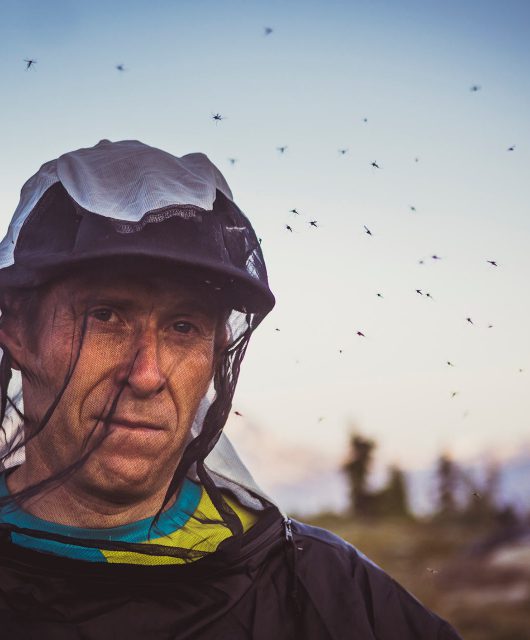
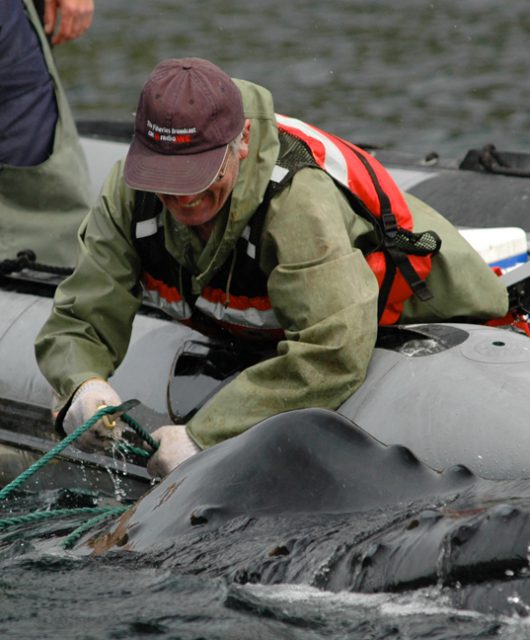

2 comments
What about squirrels. I live in a townhouse and the management is adamant that we not feed birds or squirrels. People blame squirrels for all the problems.
How can we help squirrels without being charged by local spca’s ?